Gaseous fire suppression is a term to describe the use of inert gases and chemical agents to extinguish a fire. Also called Clean Agent Fire Suppression. These Agents are governed by the NFPA Standard for Clean Agent Fire Extinguishing Systems.
The system typically consists of the agent, agent storage containers, agent release valves, fire detectors, fire detection system (wiring control panel, actuation signaling), agent delivery piping, and agent dispersion nozzles. Less typically, the agent may be delivered by means of solid propellant gas generators that produce either inert or chemically active gas.
Fire Protection Gas Suppression System or simply called as Automatic Fire Suppression System (or Gas Suppression System), is relatively a new technology. Unlike conventional system that use water, in Gas Based Fire Suppression System; water is never used and yet the fire is extinguished. Here Gas is used to extinguish the fire.
Hence it is a Gas Based system. The fire gets extinguished, within a minute of activation and everything is automatic.
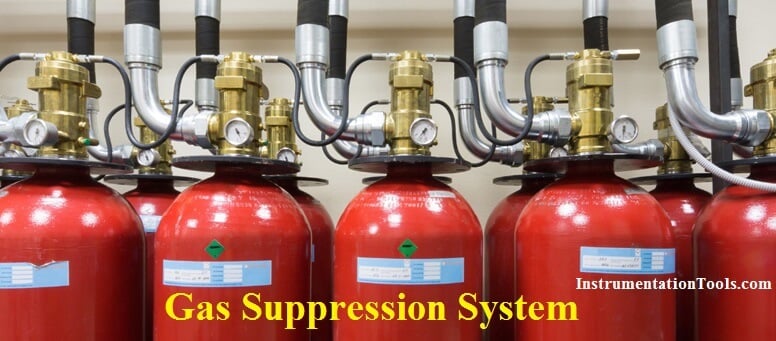
Is it always necessary to provide Fire Protection with Gas Suppression System? Or Why go for a Gas Suppression System?
Absolutely not. In certain areas like Server Systems, Control System Cabinets, Marshalling Cabinets or near delicate machinery, water can cause more and permanent damage than the fire.
In the Server Room, the data in the server is more costly than the server itself. If the System down or data gets damaged or lost; it would result in an immeasurable loss.
How do Gas Suppression System Function?
Gas Suppression Systems are generally used in concealed rooms. The principle used by Gas Suppression System is by breaking the Fire Triangle, the fire ceases to exist. In the room, protected by Gas Suppression System, there are various detectors placed at various locations. Each detector constantly monitors the room for signs of fire.
As soon as fire is detected, an alarm is sounded, to the personnel to evacuate the entire room. Then, the a gas like, Novec, Clean Agent or Co2 is released in the enclosed room. Thus, the oxygen in the room is rapidly reduced, to a level where fire cannot exist.
However, living organisms remain unharmed, because of the gas. Because of such a system, all the delicate or critical items remain untouched and unharmed by fire or water.
There are generally, two principles used in Gas Suppression Systems :
1) The Total Flooding Principle :
The Gas Suppression System is used in an enclosed room or isolated location.
2) The Local Application Principle :
The Gas Suppression System is directly applied to the fire, immediately on the fire affected area. There are no physical barriers present, as in the case of the total flooding principle.
Advantages of Gas Suppression System
- The main advantage of Gas Suppression System, system is that it is very quick.
- The gas used in Gas Suppression System, does not have any smell or colour. It is also friendly to nature.
- Gas Suppression System also have very easy maintenance and occupy lesser space.
- It does not have any kind of flavour.
Dis-advantages of Gas Suppression System
There are but, a few disadvantages of such a system. Firstly it can only be used in enclosed spaces and secondly, that is relatively costly.
Types of Clean Agent Fire Suppression Systems
There are various Clean Agent Fire Suppression Systems or Gas Suppression systems used in the market :
1) Argon Gas Suppression System or Argon Clean Agent Systems.
2) FM 200 Clean Agent Systems
3) Novec 1230 Clean Agent Systems or Novec Fire Protection System
4) FE-13 Clean Agent Systems
5) Carbon Dioxide Co2 Clean Agent Systems or Co2 Total Flooding System
Four Ways to Extinguish Fire
There are four means used by the agents to extinguish a fire. They act on the “fire tetrahedron”:
- Reduction or isolation of fuel. No agents currently use this as the primary means of fire suppression.
- Reduction of heat. Representative agents: Clean agent FS 49 C2 (NAF S 227, MH227, FM-200), Novec 1230, pentafluoroethane (NAF S125, ECARO-25).
- Reduction or isolation of oxygen: Representative agents: Argonite / IG-55 (ProInert), CO2 carbon dioxide, IG-541 Inergen, and IG-100 (NN100).
- Inhibiting the chain reaction of the above components. Representative agents: FE-13, 1,1,1,2,3,3,3-Heptafluoropropane, FE-25, haloalkanes, bromotrifluoromethane,trifluoroiodomethane, NAF P-IV, NAF S-III, NAF S 125, NAF S 227, and Triodide (Trifluoroiodomethane).
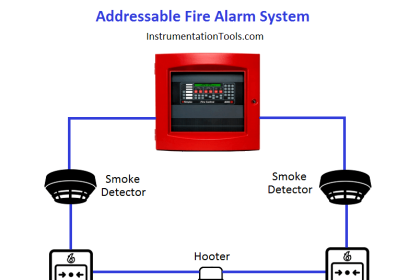
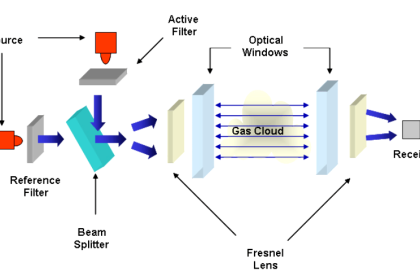
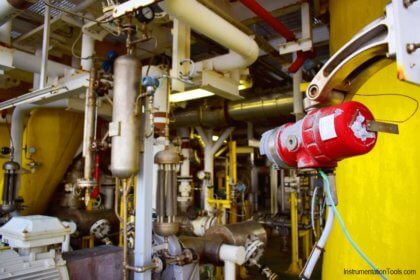
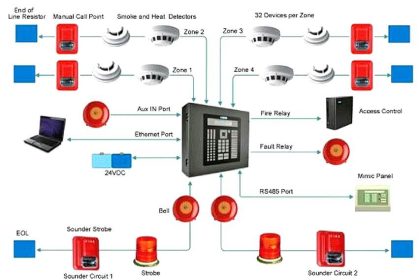
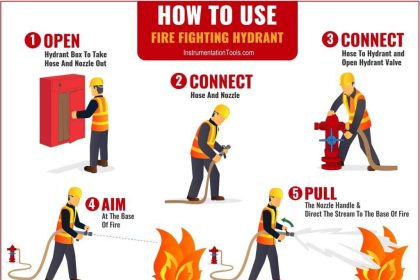
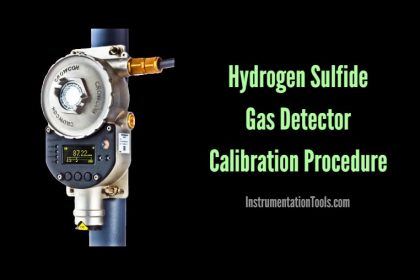
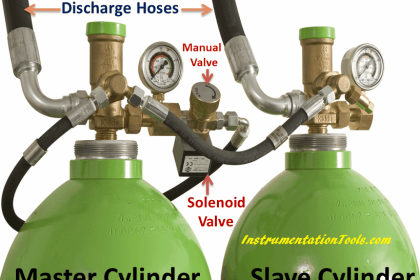
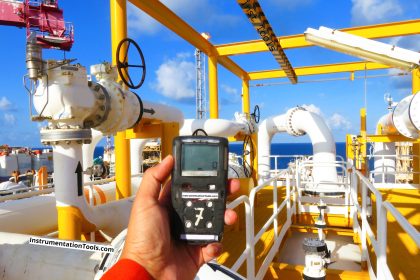
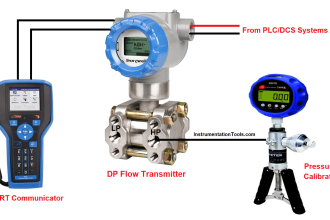
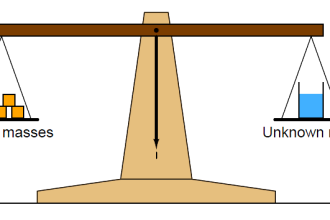
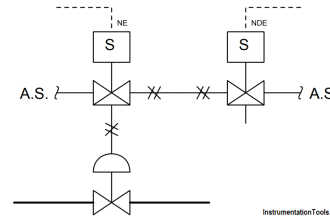
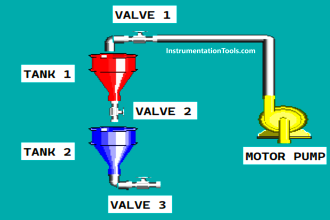

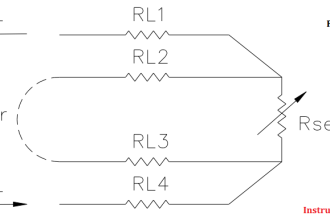
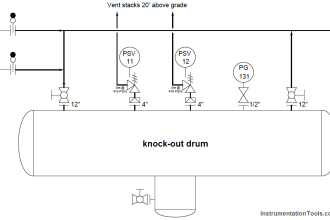
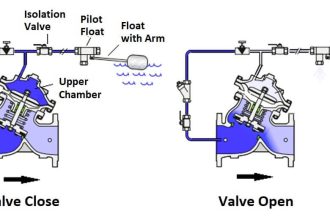

Excellent Explanation in a simple way..
Good Job, Keep it up
very good